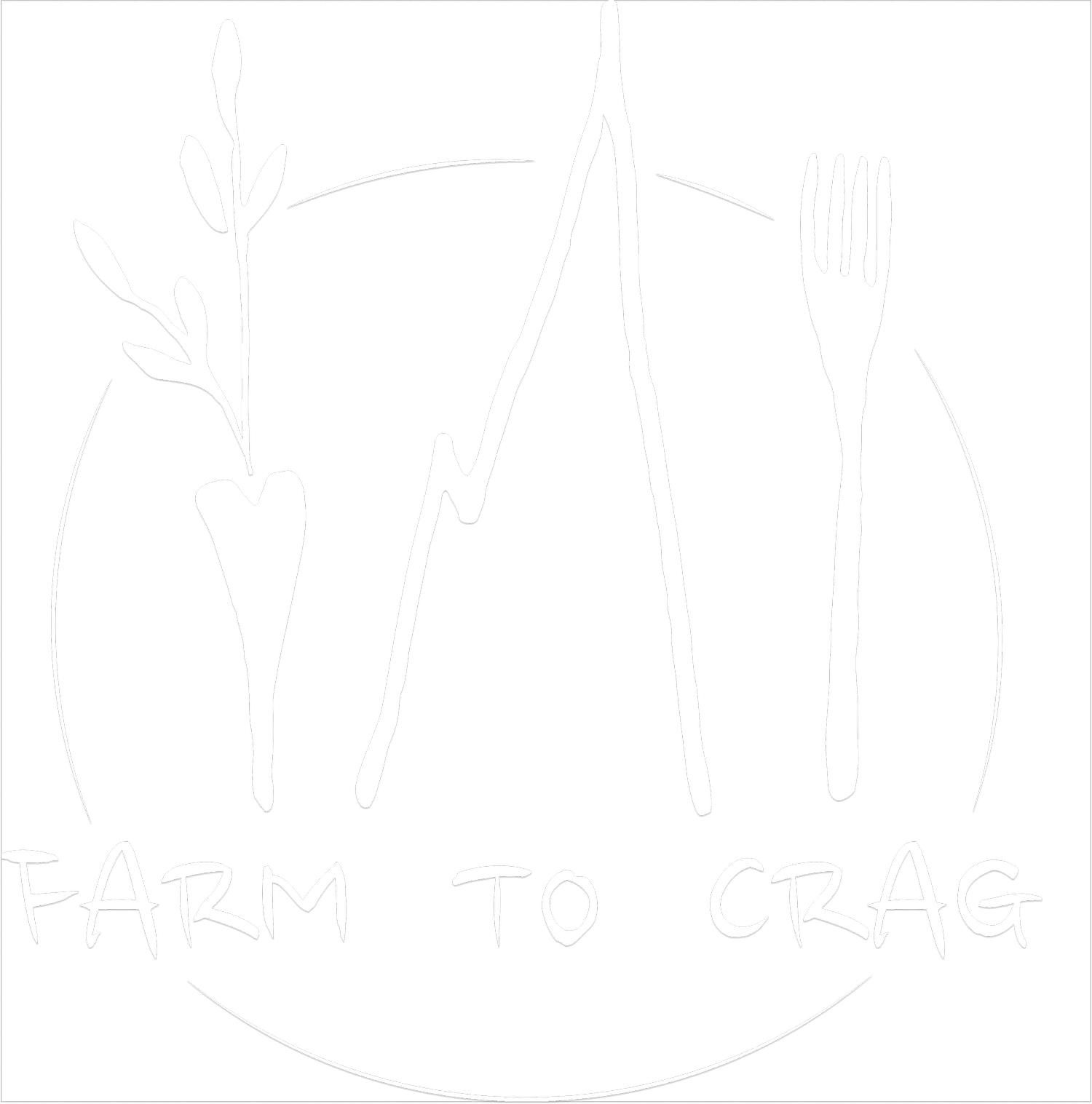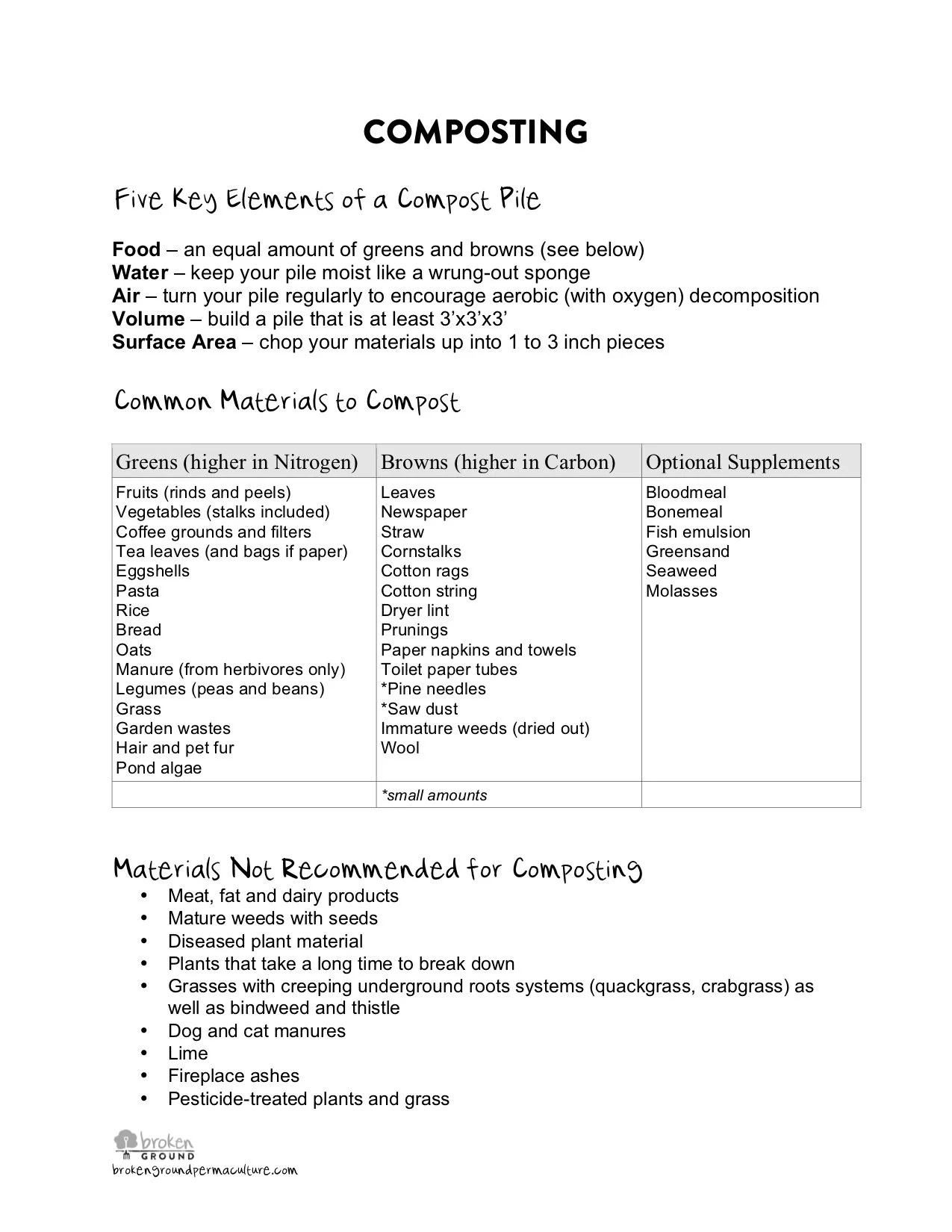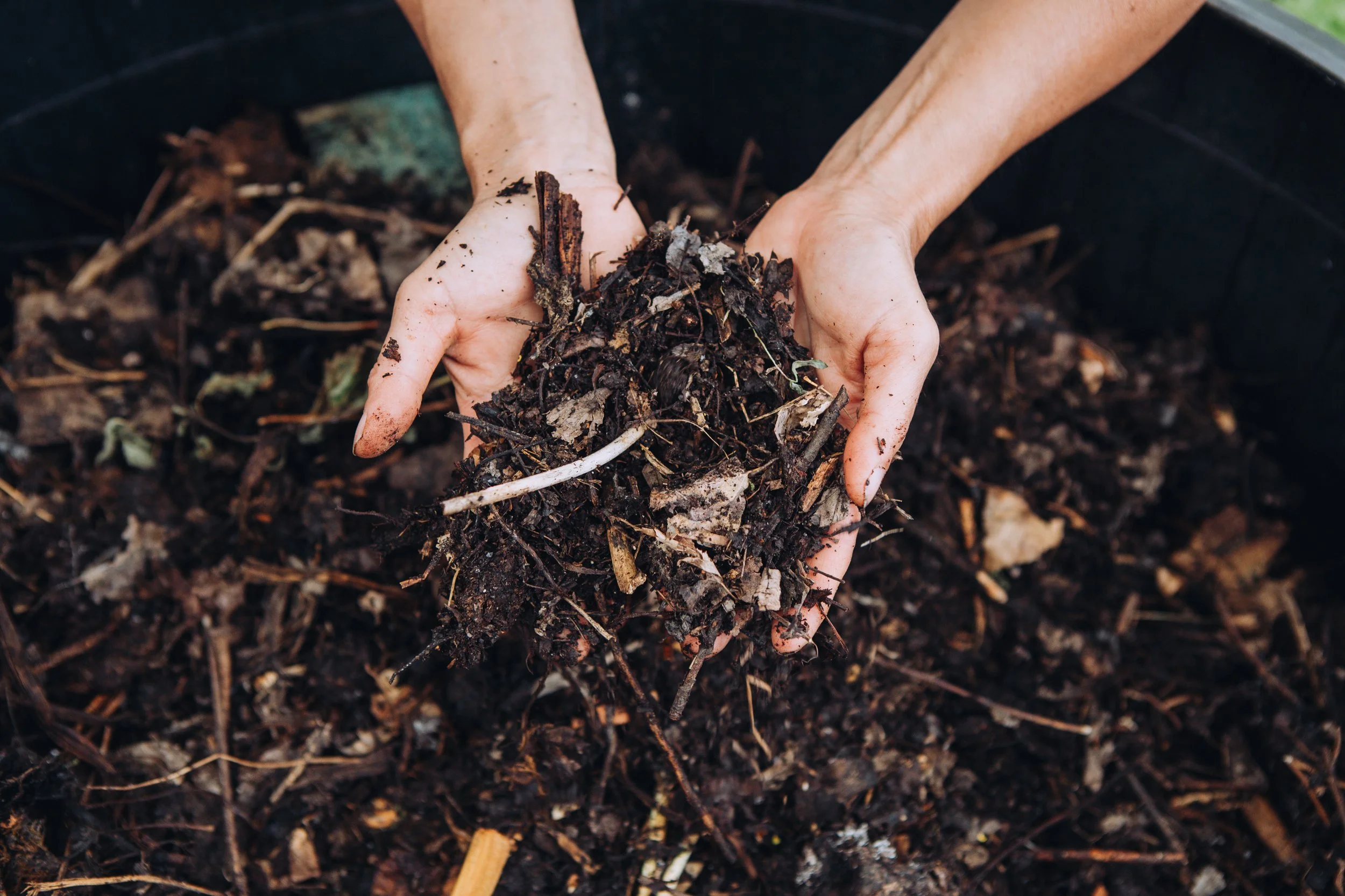Urban Composting 101
With Kareen Erbe of Broken Ground - https://brokengroundpermaculture.com/
Kareen Erbe turning the compost. Photo: Sara Gilman https://www.saragilmanphoto.com/
How do we close the loop on our kitchen scraps and other compostable waste and turn this otherwise “garbage” into beautiful soil? Kareen Erbe is a permaculture specialist who helps her community in Bozeman, MT learn how to take action on climate change and their own health by getting back to the basics.
“ IT’S MY MISSION TO GET AS MANY PEOPLE AS POSSIBLE TO BUILD A RESILIENT LIFE THAT ENABLES THEM TO NOT ONLY LIVE THEIR VALUES AND CONNECT TO THEIR COMMUNITY BUT TO FEED THEIR FAMILIES SAFE AND HEALTHY FOOD.”
If you prepare fresh food in your home, have a garden, mow your grass (or have neighbors that do) or produce coffee grounds, then you likely have the makings of a compost pile. One of the tenets of resilience is creating ease in processes. Even composting needs to be easeful. Kareen’s “use what you have already” approach helps make an intimidating process simple and effective for the urban dweller with little outdoor space.
Knowing Kareen’s five key elements of a compost pile and the correct ratio of ingredients gets the process started. She suggests that one of the most important things is to have your pile connected to the earth, rather than in an elevated plastic bin, so that it can receive beneficial biodiversity from the ground and proper airflow. Choose a location in your yard that is shady, and gather ahead of time the “brown” and “green” materials that will make up your layering system.
photo: Photo: Sara Gilman
Once you are ready to begin layering, consider the 50/50 ratio of green material and brown material, and the size of the material. The more chopped up the material is, the faster the decomposition. As you layer, you will begin saturating the pile with water, maintaining a hydration level similar to a wrung-out sponge. Continue this process over weeks/months, until you reach a pile that is at least 3 feet x 3 feet x 3 feet. Now you will let it rest for several days to weeks and reach a temperature of at least 140-160 degrees. It should reach about 120 degrees within 2-3 days and over 140 degrees within a week.
At this point you will want to turn the pile and add moisture if necessary. You can choose to add more veggie scraps at this point or let the pile finish through weekly monitoring of moisture content and turning it to give it the necessary oxygen that will keep the temperature up.
The more you turn the pile over the next few weeks, the faster it will cook, but do not turn in more than once per week. When the pile has reduced by about 50% in its bulk and the materials are broken down into what looks like soil, you will know it’s ready to be introduced into your garden.
Adding this good-smelling, good-looking compost will boost your garden’s biodiversity and raise the microorganism content so that you can keep growing nutrient dense food, even in a small urban space or container planting. Closing the loop on our kitchen scraps saves pounds of material from going to the landfill and lets us participate in nature’s beautiful cycle. Happy composting!
FINDING BEAUTY IN A BROKEN WORLD IS CREATING BEAUTY IN THE WORLD WE FIND.
– TERRY TEMPEST WILLIAMS



